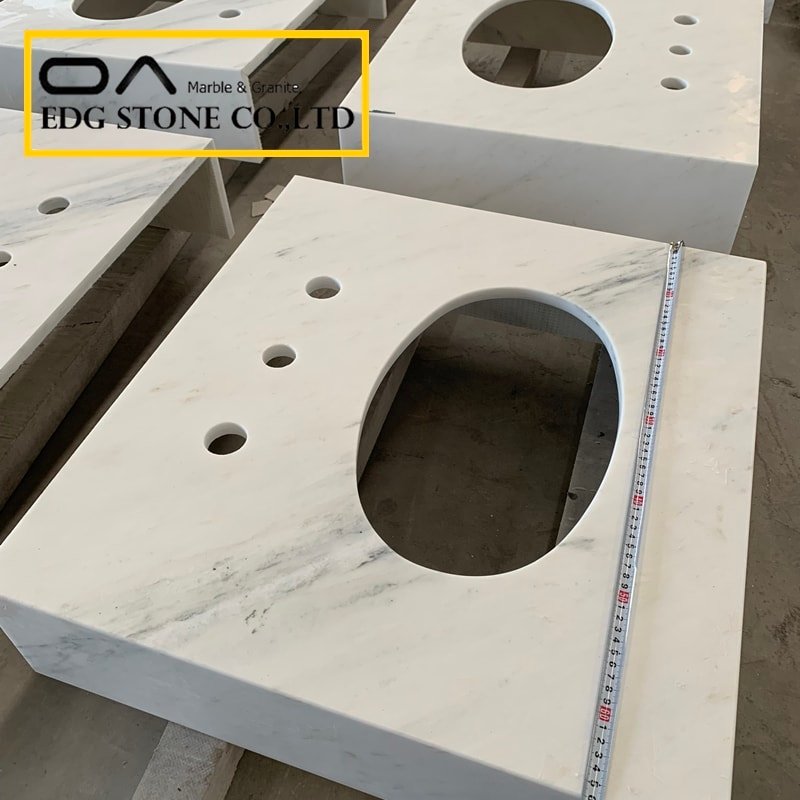The quality of cabinet countertops directly affects the quality of the entire kitchen decoration. Choosing cabinet countertops needs to have the characteristics of stain resistance, scratch resistance, high-temperature resistance, corrosion resistance, and penetration resistance. Everyone agrees with choosing quartz stone as the first choice for cabinet countertops. Quartz stone countertops are not directly produced by quartz stone manufacturers, and the countertops are processed in the user’s home, and some uncertain factors may appear in the processing. So how to check and accept your own countertops is a problem!
Quartz stone slabs are not cut from natural mining but are die-casted by quartz stone manufacturers through production equipment. They are brand-new artificial stone products, also known as synthetic stones. Quartz stone is a brittle polymer composite material, which has certain thermal expansion and contraction characteristics and has certain mechanical properties such as shrinkage stress, impact toughness, and elongation at break. When the plate cannot withstand the internal stress caused by thermal expansion and contraction And when it is severely impacted, it will explode, so care should be taken not to bury hidden dangers in the table processing.
After the installation of the countertop is completed, it will be confirmed with the owner and must be checked before signing. For seamless splicing and whitening inspection on both sides of the splicing seam, for seamless splicing of quartz stone countertops, this should be explained before purchase, because the seamless splicing process of quartz stone is more complicated, and the processor will charge additional fees. The so-called seamless Splicing means that the seam cannot be seen at a distance of 50 cm from the countertop. If it is white, use a dry cloth to wipe both sides of the seam to see if it loses color. Make a hole to see if the four corners of the hole are rounded, check whether there are small cracks around the hole and whether the bottom is supported by a cushioning strip. Check whether an expansion joint is reserved between the countertop and the wall. The gap should not exceed 5mm but not less than 3mm.







